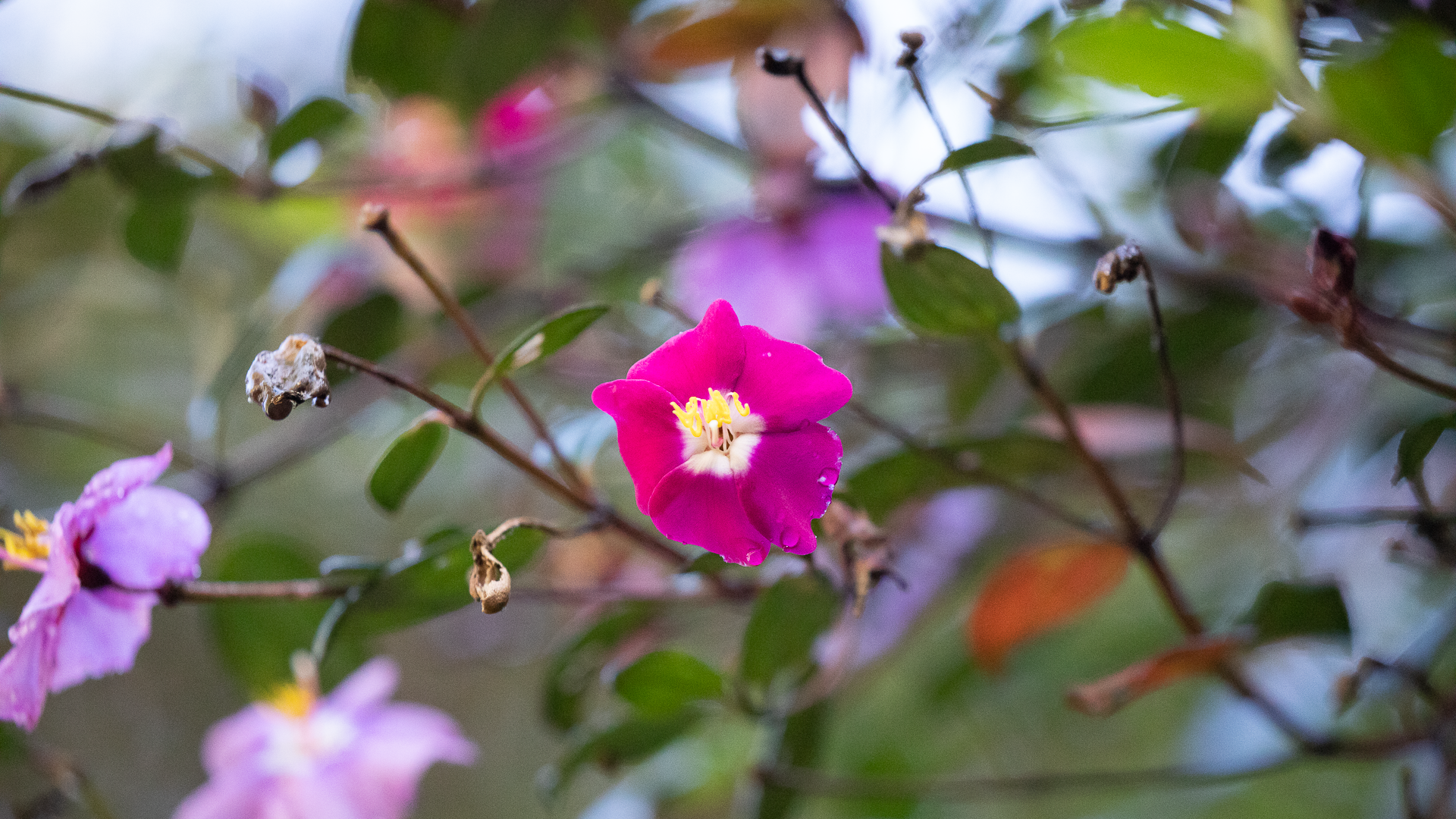
At the insistence of Aracanto, we planned our first birding trip in Medellin. We had an early morning pickup at 5:00 AM to drive to Alto de San Miguel. Jorge, our birding guide was probably the most interesting occurrence of the day. A real passionate birder, he had vast knowledge of birds in the region and probably was doing this more for himself. Birders are indeed a strage species. The Alto de San Miguel Reserve, which is a beautiful, protected area just outside of Medellin. It is located within the life zone of the very humid low montane forest, known as cloud forest. Its 1,358 hectares range from 1,850 m to 3,050 m altitude and are one of the last refuges of endemic Andean flora and fauna. The park is home to around 210 detected common, migratory, and endemic bird. The visit includes walking along the Medellin River.
Click on the images to learn more about these fascinating birds of Medellin. Click again to close and come
back to the gallery.
Bird names are linked to their respective profile page on e-Bird which is a fantastic resource from Cornell University for bird enthusiasts.
Click on the buttons below to filter.
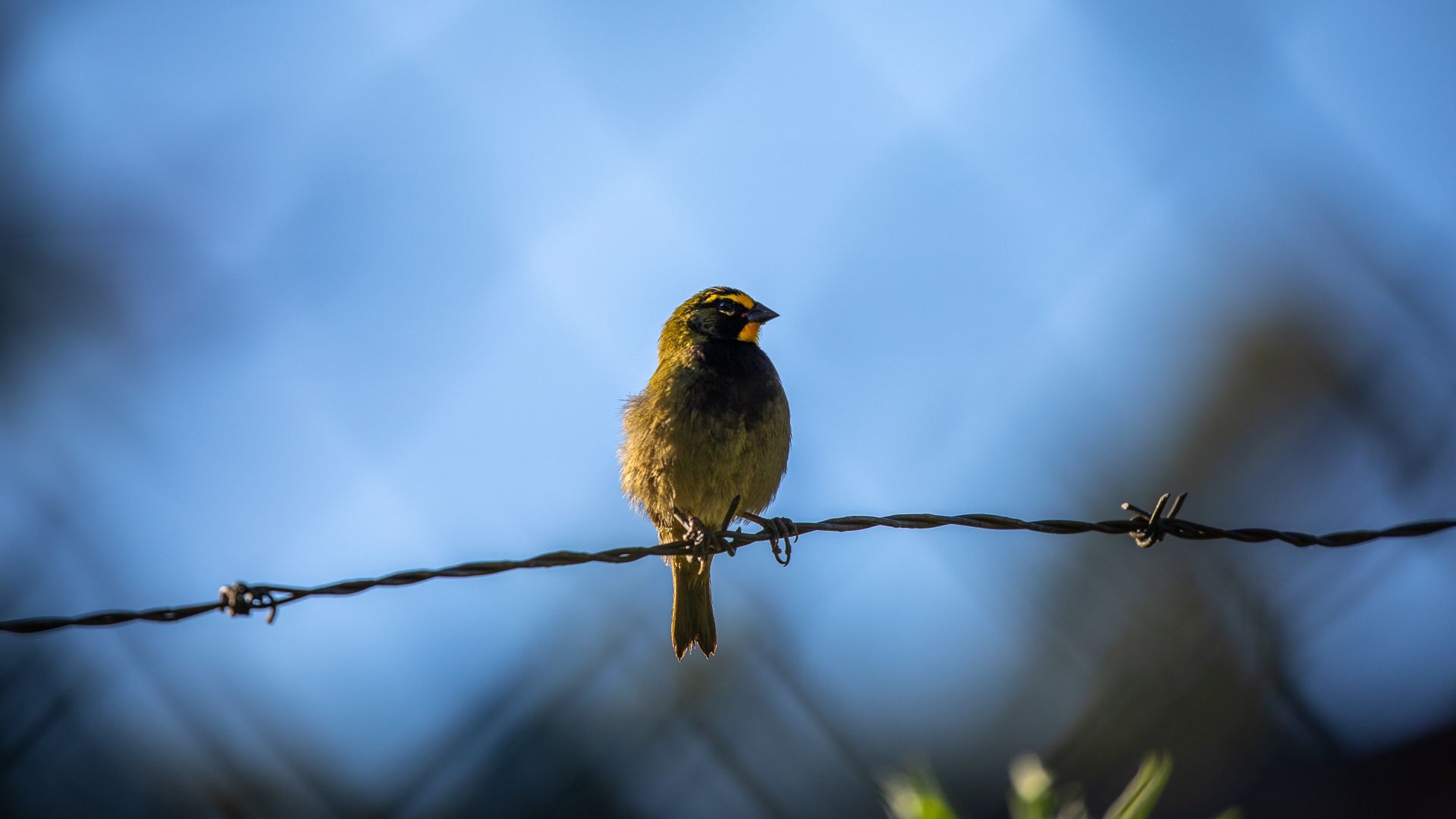
An unmistakable small tanager with bright red-orange face that fades to yellow on the crown and nape. Also note black ear patch, black back, opalescent greenish underparts and shoulder patch, and tawny vent. East slope birds are brighter red on the face, whereas west slope birds are more orange. Occurs from about 1,200–2,500 m, within forest or at edges or clearings. Found in pairs or small groups within mixed-species flocks, usually in the canopy. Visits fruit feeders.
COLOMBIA . Medellín . 2022
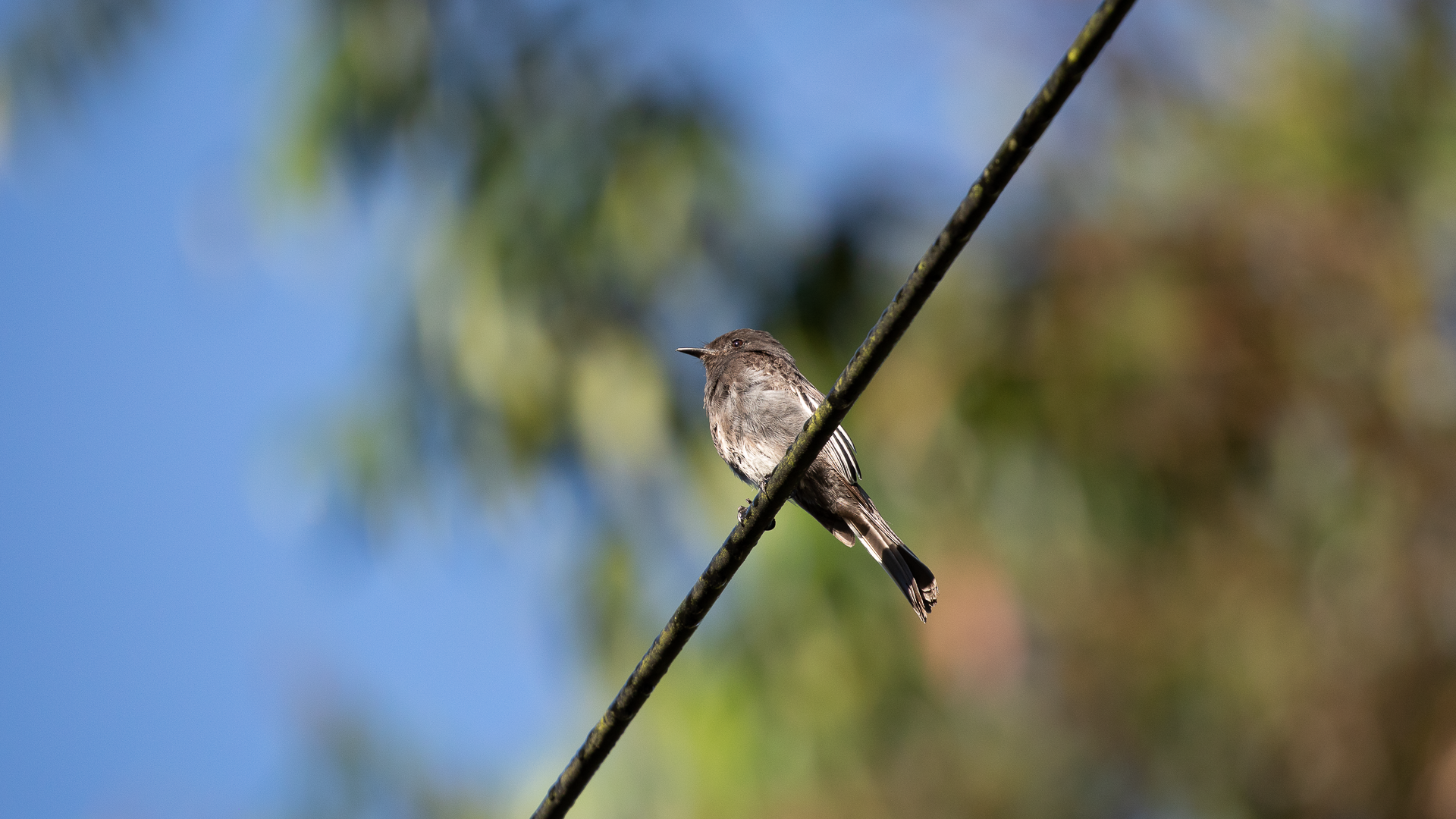
A medium-sized, sooty-black flycatcher. Marked geographic variation: most North American birds have dull wings and a clean white belly, while South American birds have bright white edging on wing feathers and much more limited white on the belly. Typically seen singly or in pairs, usually sitting conspicuously on a low perch. Frequently pumps tail up and down. Often near water; especially tied to fast-flowing, rocky streams in South America.
COLOMBIA . Medellín . 2022
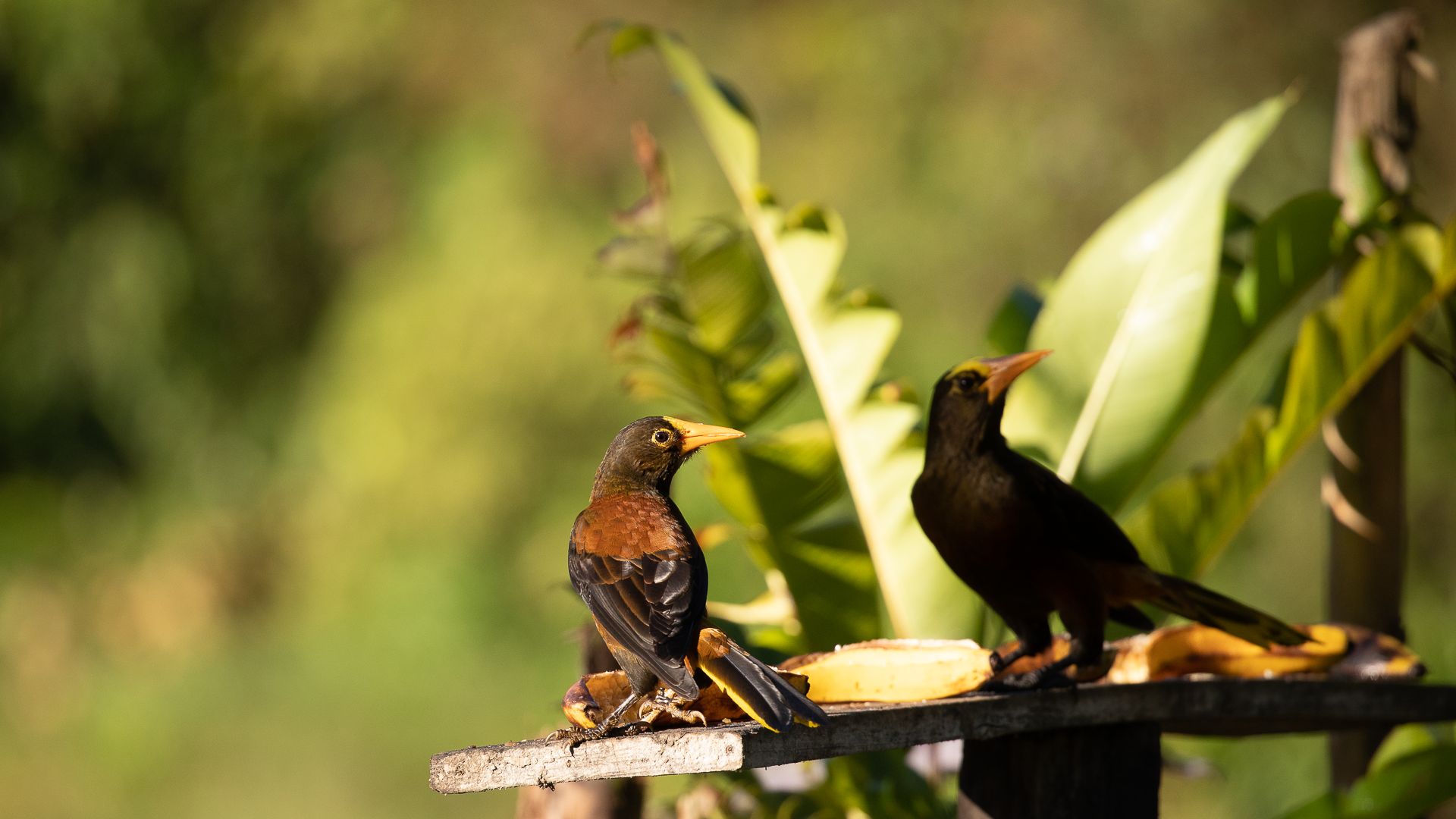
A medium-sized oropendola; fairly common in lowlands but seems to be scarce in montane forest. Can occur up to around 2,500m in the Andes, where it is usually the only oropendola and unlikely to be confused. Generally olive overall with warmer rufous tones on back and rump. Variable bill color: dark blackish in the Amazonian lowlands; usually yellowish in Andes. Yellow outer tail feathers like other oropendolas. Typically in flocks that forage in the canopy, sometimes in mixed flocks with other oropendolas or caciques.
COLOMBIA . Medellín . 2022
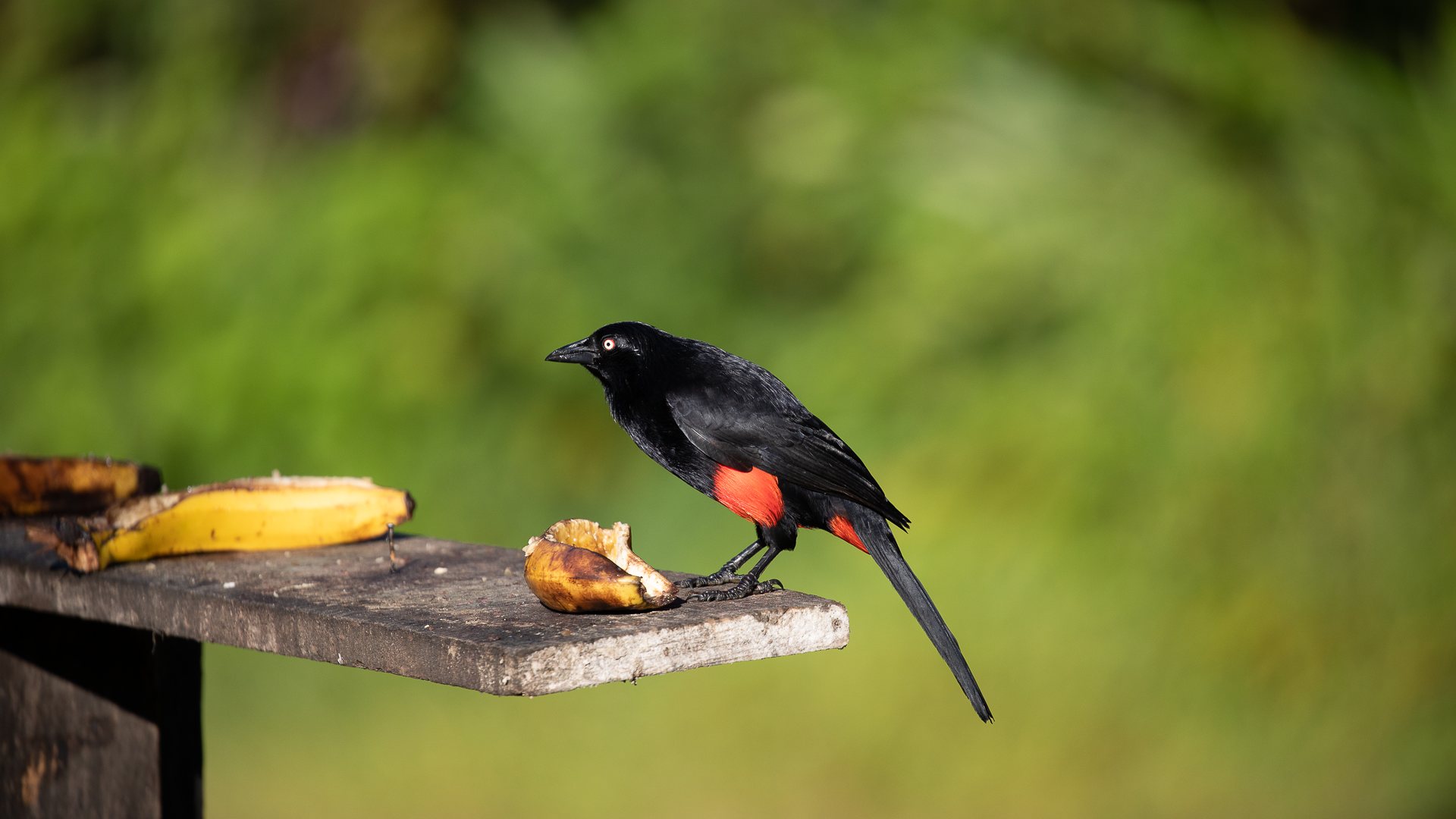
Unmistakable Colombian endemic: large, long-tailed, and all-black with a bright red belly and piercing yellow eye. Sexes similar. Found in small flocks in the canopy of cloud forest from around 1,000–2,400 m, sometimes in mixed flocks with jays or caciques. Listen for loud shrieks and gurgles.
COLOMBIA . Medellín . 2022

Large raptor. Uniform black with silvery patches on undersides of wingtips. In flight, broad, rounded wings with distinct "fingers" are held flat like a board. Notice very short tail and small black head. Soars in flocks, often with other vultures and hawks. Flight style is distinctive; bat-like, strong snappy wingbeats followed by short glides.
COLOMBIA . Medellín . 2022
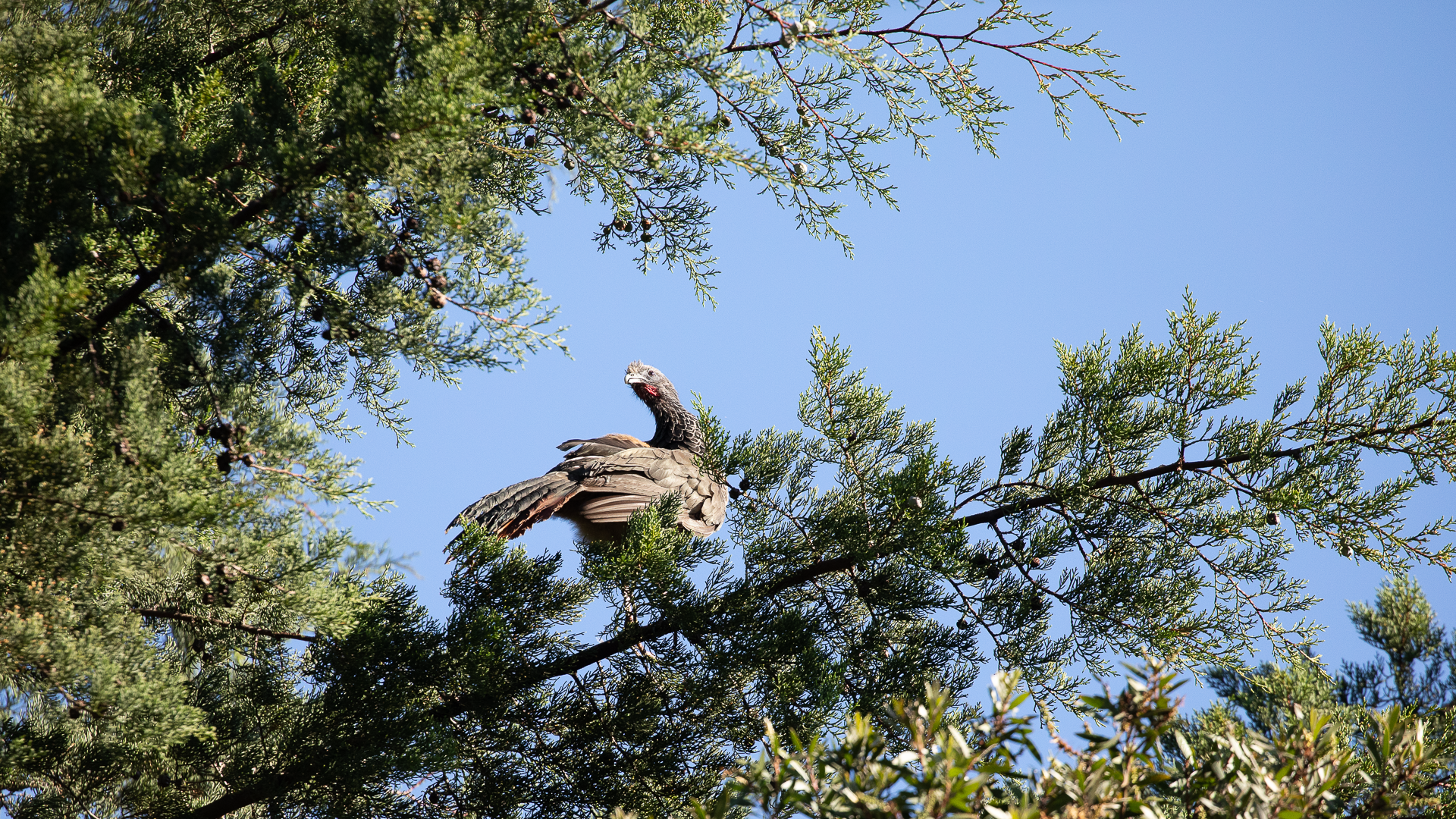
Large chickenlike bird. Restricted to central Colombia; the only chachalaca in its limited range. Plain brown with scaly neck and breast, bare red skin on throat, and rufous outer tail feathers. Sexes similar. Found in forested habitats, including open woodlands and scrubby edges. Usually in small family groups or pairs. Listen for raucous calls, similar to other chachalacas.
COLOMBIA . Medellín . 2022
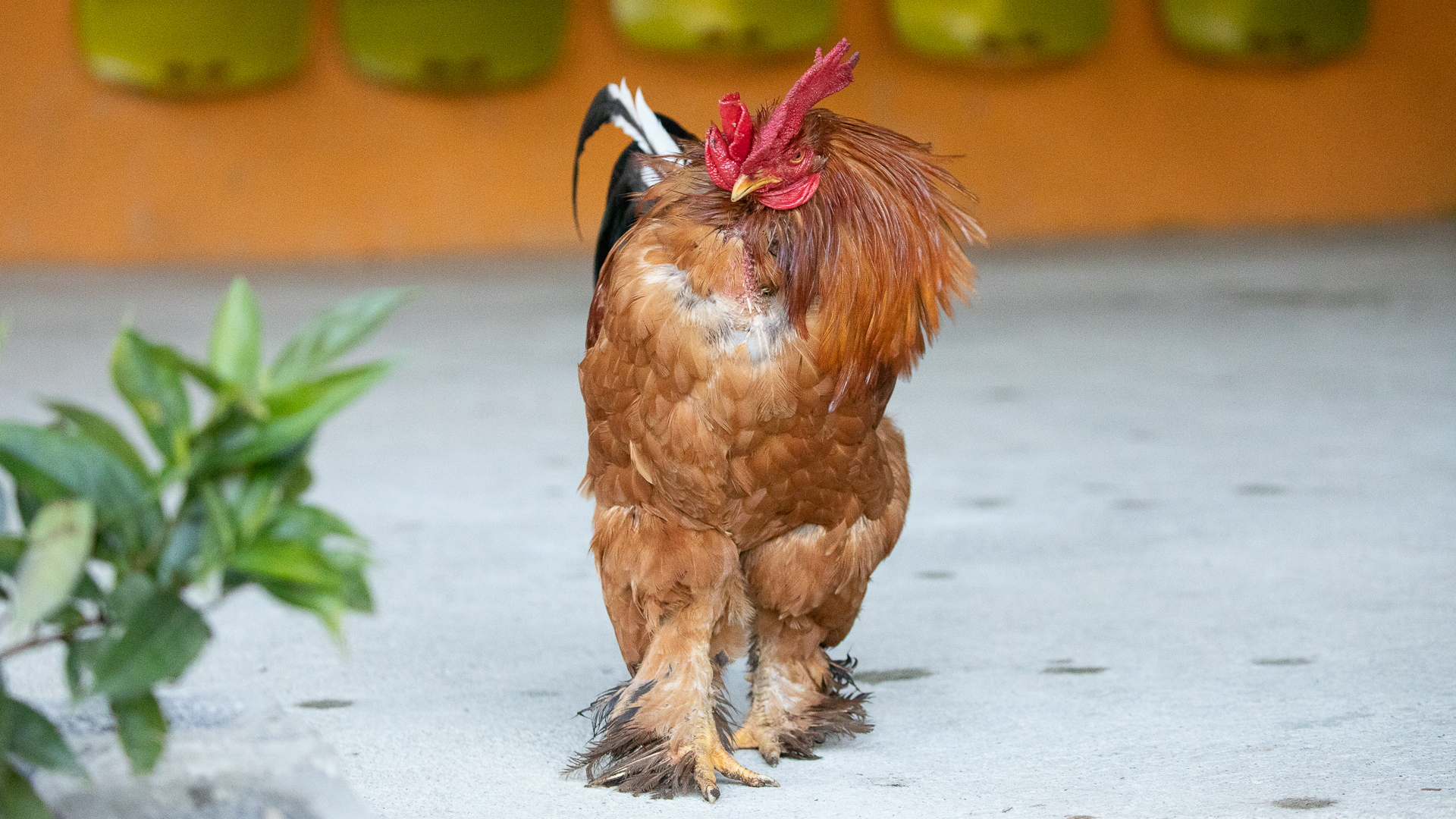
This "original chicken" is smaller than its domestic descendants, and is widespread throughout South and Southeast Asia; can also be found as an introduced species in many regions around the world.
COLOMBIA . Medellín . 2022
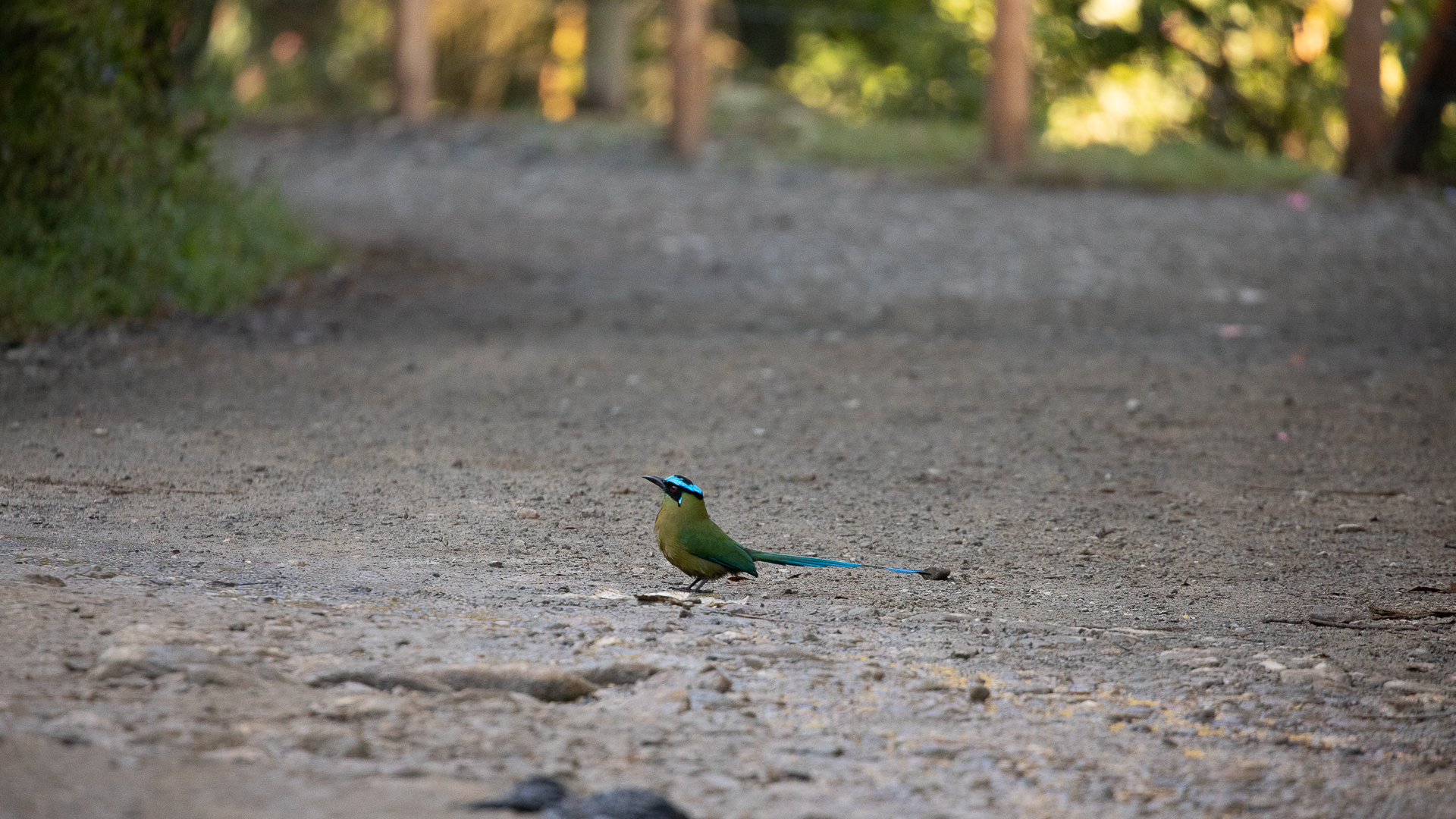
Large motmot found in forests and edges from foothills into subtropical zone; typically at higher elevations than other motmots. Green overall with blue wings and tail, black mask, and shining blue crown with black center. Long tail with rackets. The name “motmot” comes from the double-hooting call, which can sound like an owl, and is mainly uttered around dawn. Seen singly or in pairs, usually perched quietly in the midstory of mossy subtropical forest. Inconspicuous.
COLOMBIA . Medellín . 2022

Large motmot found in forests and edges from foothills into subtropical zone; typically at higher elevations than other motmots. Green overall with blue wings and tail, black mask, and shining blue crown with black center. Long tail with rackets. The name “motmot” comes from the double-hooting call, which can sound like an owl, and is mainly uttered around dawn. Seen singly or in pairs, usually perched quietly in the midstory of mossy subtropical forest. Inconspicuous.
COLOMBIA . Medellín . 2022
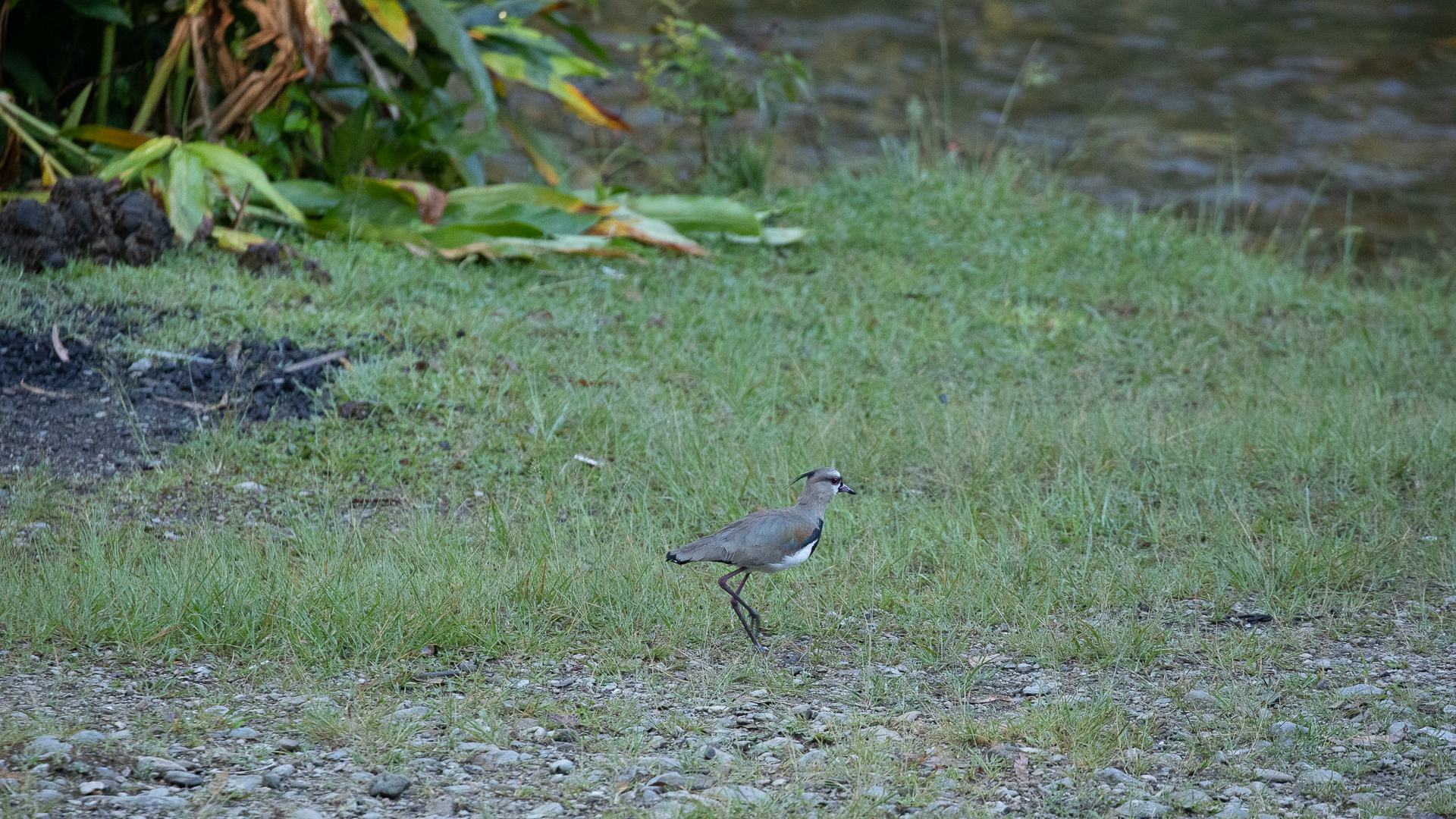
Raucous, conspicuous shorebird. Distinctive color pattern with black breast, white belly, gray head, and bronzy shoulder. Wings boldly patterned in flight. Often in pairs or small flocks in open habitats, usually near water but also in dry pastures. Loud grating call is a good clue to its presence.
COLOMBIA . Medellín . 2022

Widespread ‘green woodpecker’ of tropical and subtropical forest; the only species of overall green woodpecker in much of its range, and therefore distinctive. Prefers mid-upper levels of forest, where can be very sluggish, and is overlooked easily unless its calls are known. Both sexes have red on back of head. ‘Bronze-winged Woodpecker’ of Northeast Mexico has less red on head, and very different voice from widespread Golden-olive forms.
COLOMBIA . Medellín . 2022
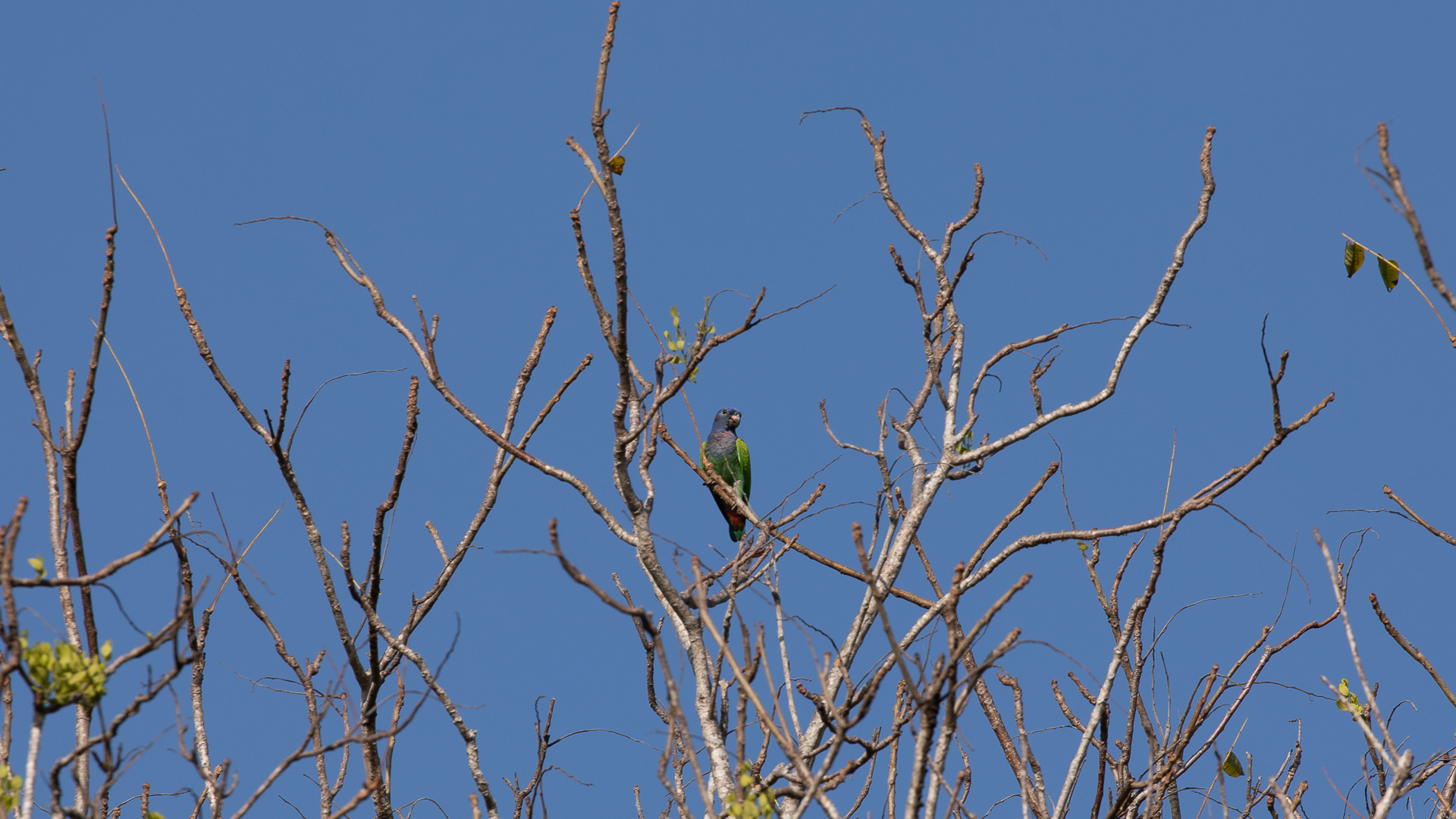
Medium-sized parrot, short square tail, body all green with blue head and red undertail coverts. Plumage is distinctive if seen well. Sexes alike. Note deep wingbeats that don’t come above horizontal on the upbeat. Screeching call note rises noticeably in pitch, usually given doubled or tripled.
COLOMBIA . Medellín . 2022